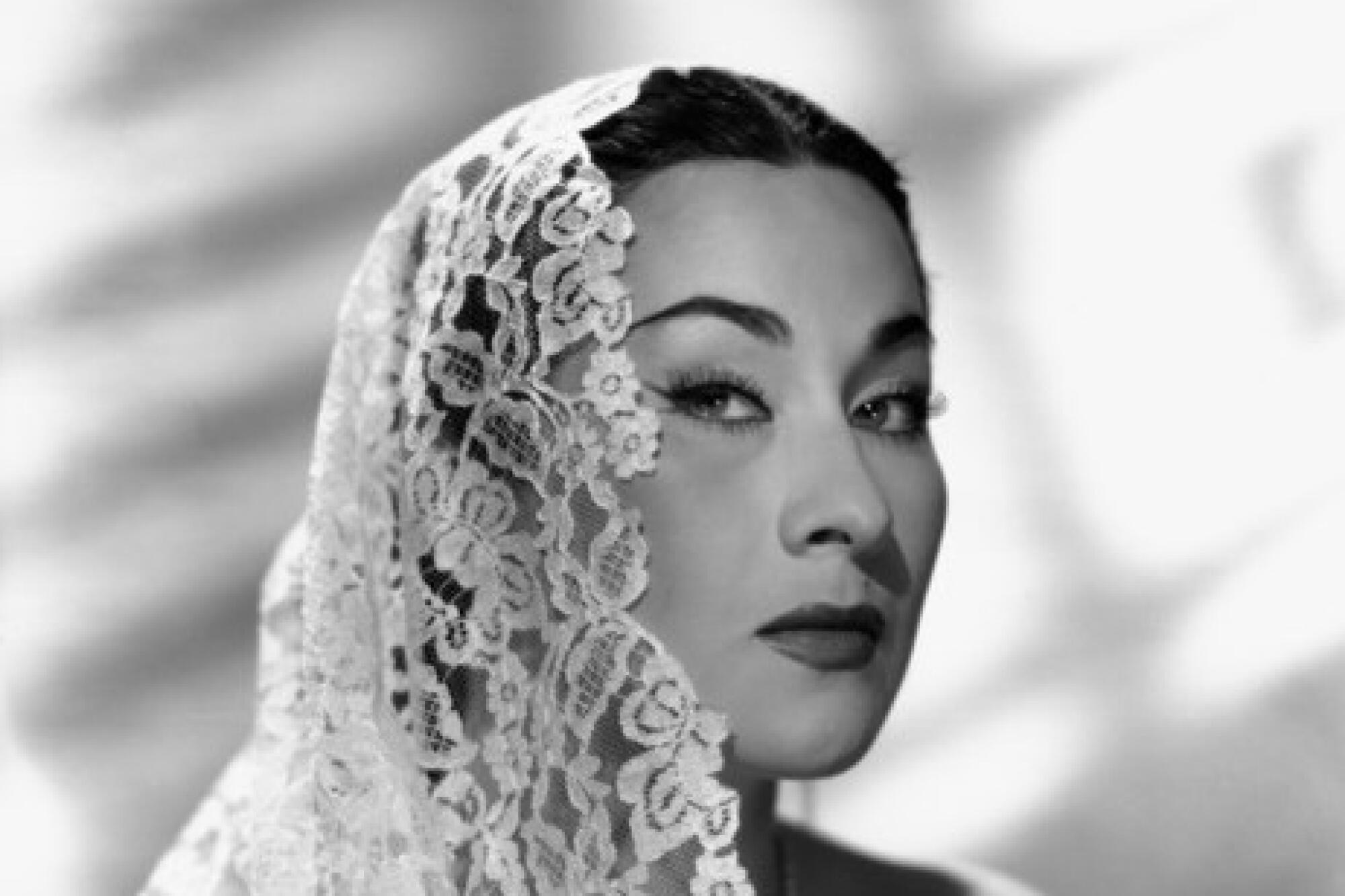
- Share via
She is no longer physically with us, but Yma Sumac will again be present in Southern California through the unveiling of a bust, a film projection and a concert.
The most enduring of these tributes to the legendary soprano — who was born Sept. 10, 1922, in Peru, settled in Los Angeles in 1950, earned a star on the Hollywood Walk of Fame a decade later, and died here on Nov. 1, 2008 — will take place at the Hollywood Forever cemetery, when a bust made by Peruvian French sculptor Martín Espinoza Grajeda will be placed at Sumac’s grave.
The free-access tribute, which will begin at 5 p.m. Tuesday, will feature performances by various musical artists linked to Peruvian culture and the sale of dishes from the famous gastronomy of the Andean nation.
The placement of the bust holds particular significance because it will be the first likeness of a major Latin American artist in a place that receives thousands of visitors and hosts an array of cultural events spanning different countries and ethnicities.
Although he was based for almost three decades in the south of France, Espinoza Grajeda is an artist deeply connected to his South American roots. One of his grandparents, Martín Espinoza Navarro, was a renowned wood carver. Espionoza Grajeda’s great-uncle, Faustino Espinoza Navarro, created the script that has been used since the mid-1940s in the contemporary representation of the Inti Raymi — a splashy ceremony of Inca origin in honor of the sun — that draws large crowds. One of his uncles, Fausto Espinoza Farfán, is a celebrated filmmaker, painter and sculptor.
El proyecto Punku de los músicos peruanos Sylvia Falcón y Grimaldo del Solar fusiona música electrónica con instrumentos tradicionales andinos y letras en quechua
Although he was born in Lima, Espinoza Grajeda spent several years in the ancient “imperial city” of Cuzco, Peru, which also is the city of origin of all his aforementioned relatives. He worked there with his uncle, Espinoza Farfán, until he met a French woman and decided to move with her to France, where he pursued his career in sculpting, drawing and painting.
After winning multiple awards and participating in numerous exhibitions, alongside world-renowned colleagues, he received a call from Peru Village, a Los Angeles group dedicated to promoting Peruvian culture in Southern California that is run by Milagros Lizárraga. That was how the proposal to honor Yma Sumac, “The Diva of Four Octaves,” with a bronze bust came about.
“Despite the fact that I had a lot of pending work, I accepted with great pleasure, because it is our own diva, someone who deserves this and much more,” said Espinoza Grajeda, who is visiting Los Angeles to take part in the upcoming ceremonies.
The artist began his work with the help of Damon Devine, the representative, personal assistant and makeup artist for Yma Sumac during the last 11 years of her life. Devine provided the sculptor with an extensive series of photographs to guide him in a task that he carried out while listening to Sumac’s copious musical recordings.
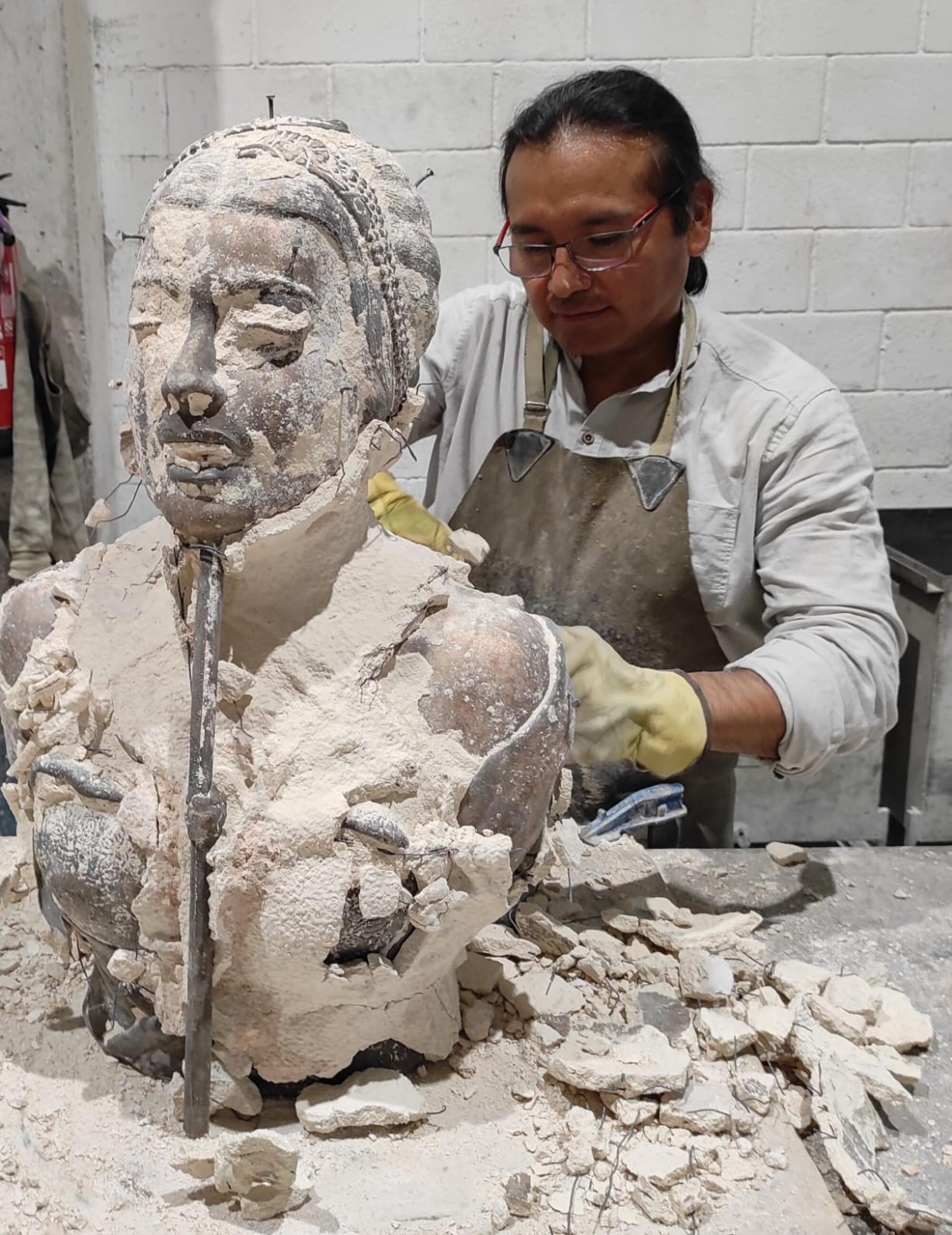
“Sometimes I stayed working until 4 in the morning, because I really had to bring her back,” he said. “In that sense, what helped me the most was listening to [her theme song] ‘Montana,’ which contains some very moving words in Quechua. In the end, I decided to portray her singing, based on the video for that song.”
For Espinoza Grajeda, it marks a unusual cultural collaboration to have a Peruvian French artist making a sculpture of a Peruvian American artist that will be installed in a venue in Los Angeles.
“At the end of the day, this is a donation made in the name of France, and it should also help new generations to get to know a singer who had unquestionable talent,” Espinoza Grajeda said. Sumac is known in France, he added, because she sang with Edith Piaf and is named in a Vanessa Paradis song, “Joe le Taxi.”
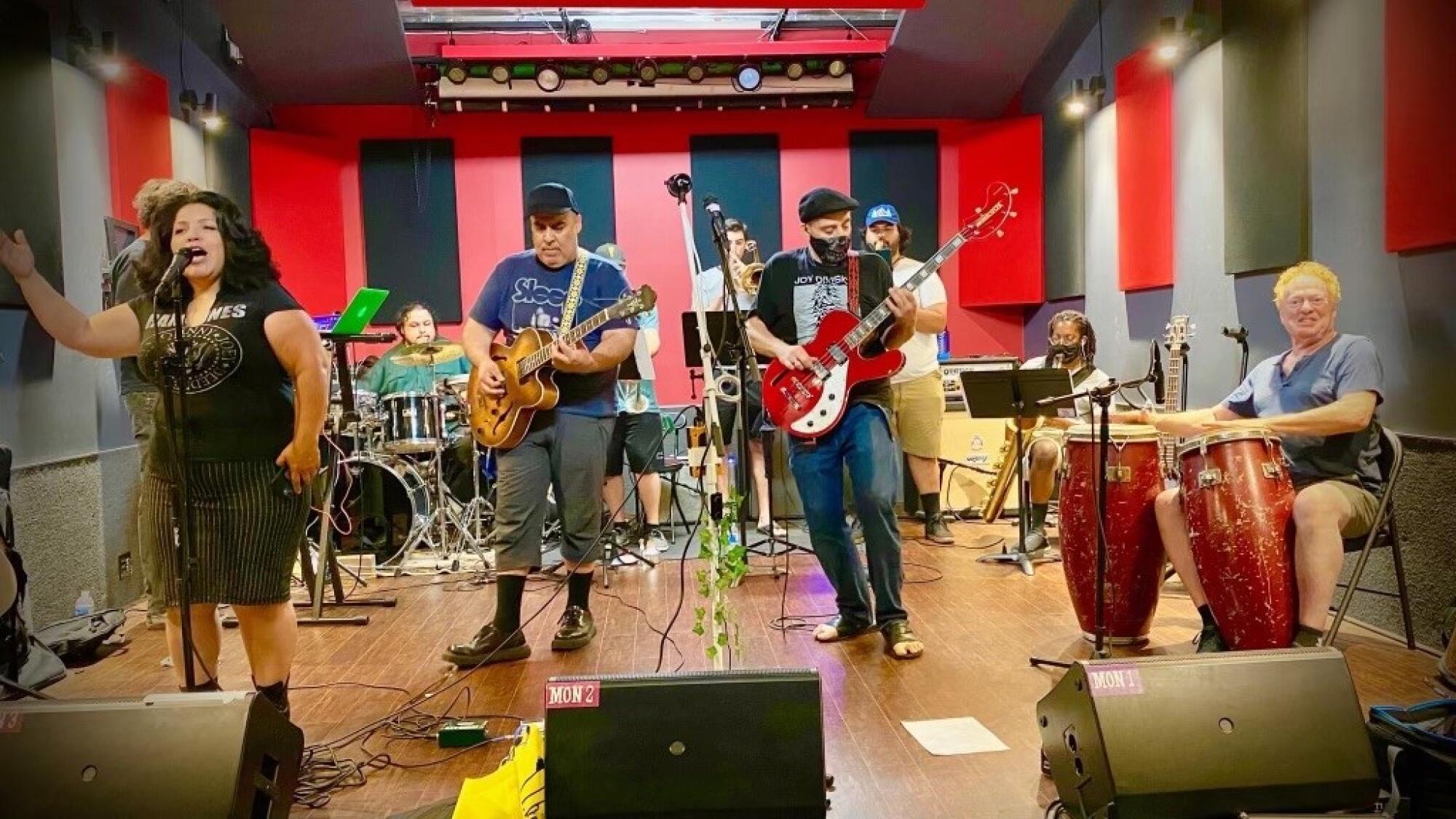
A different approach
The most striking musical intervention of the Hollywood Forever event will be that of Ego Plum, a Mexican American multi-instrumentalist and composer — his real name is Ernesto Guerrero — who is best known for his work in the composition of musical fragments for “SpongeBob SquarePants” and who, on this occasion, will appear at the helm of his recent Mambo Diabólico project, dedicated to interpreting novel versions of Yma Sumac’s music.
The Mambo Diabólico tribute was scheduled to follow a planned Sept. 9 tribute to Sumac at the El Cid club on Sunset Boulevard as part of another tribute to Yma Sumac that was to include Spanish-language compositions by Plum — his first foray into Latin American musical culture.
Plum was not initially a devotee of that genre.
“I remember that, in our house, my parents — [my father] was from Mexico City and [my mother] from Zacatecas — played music by Yma Sumac and [Dámaso] Pérez Prado,” he recalled in a phone interview. “But I liked punk rock, heavy metal and other very crazy styles, to the point that I was trying to rebel against what they were listening to.”
“It took several years for me to realize that this was also part of me, and the most interesting thing of all is that I am reinterpreting it in my own way, because I cannot deny my own influences from experimental and avant-garde music, which makes my way of making Latin music very particular,” Plum continued.
A few years ago, he added, he carried his father’s ashes to Cuba and scattered them on a Havana beach, in tribute to his father’s passion for the island’s musical culture.
It also bears noting that Sumac wasn’t exactly a conventional interpreter, as evidenced by her emblematic album “Mambo!” (1954), which was later incorporated into the controversial genre of world music and which, at the time, was related to another controversial marketing category, so-called exotica.
“She did such different things than the others were doing,” Plum went on. “With her vocal range, she could have been a traditional opera singer, but she decided to do something completely unique. What impresses me the most about her isn’t the height of the notes that she could reach, but the creative choices that she made.”
In order to meet the interpretive demands required by the chosen repertoire, Plum and his Mambo Diabólico enlist help from Lena Marie Cardinale, a singer with a prodigious range who has known Plum for 20 years but hadn’t collaborated with him until now.
“Hers is the closest thing I’ve heard to the style of Yma Sumac, who was so inspired, so unique,” Plum said.
Beyond the presentation of well-known pieces by Sumac, the Mambo Diabólico set includes a very special addition.
Plum said Devine, Sumac’s former assistant, gave him a cassette in which Sumac appears in her living room developing an unreleased, a cappella version of a song titled “Exotic Sounds.”
“That version has a melody and a rhythm that she made herself, but she never finished it. I had the honor of finishing it, and we will present it live, which means that we will premiere an original song of hers that no one has heard.”
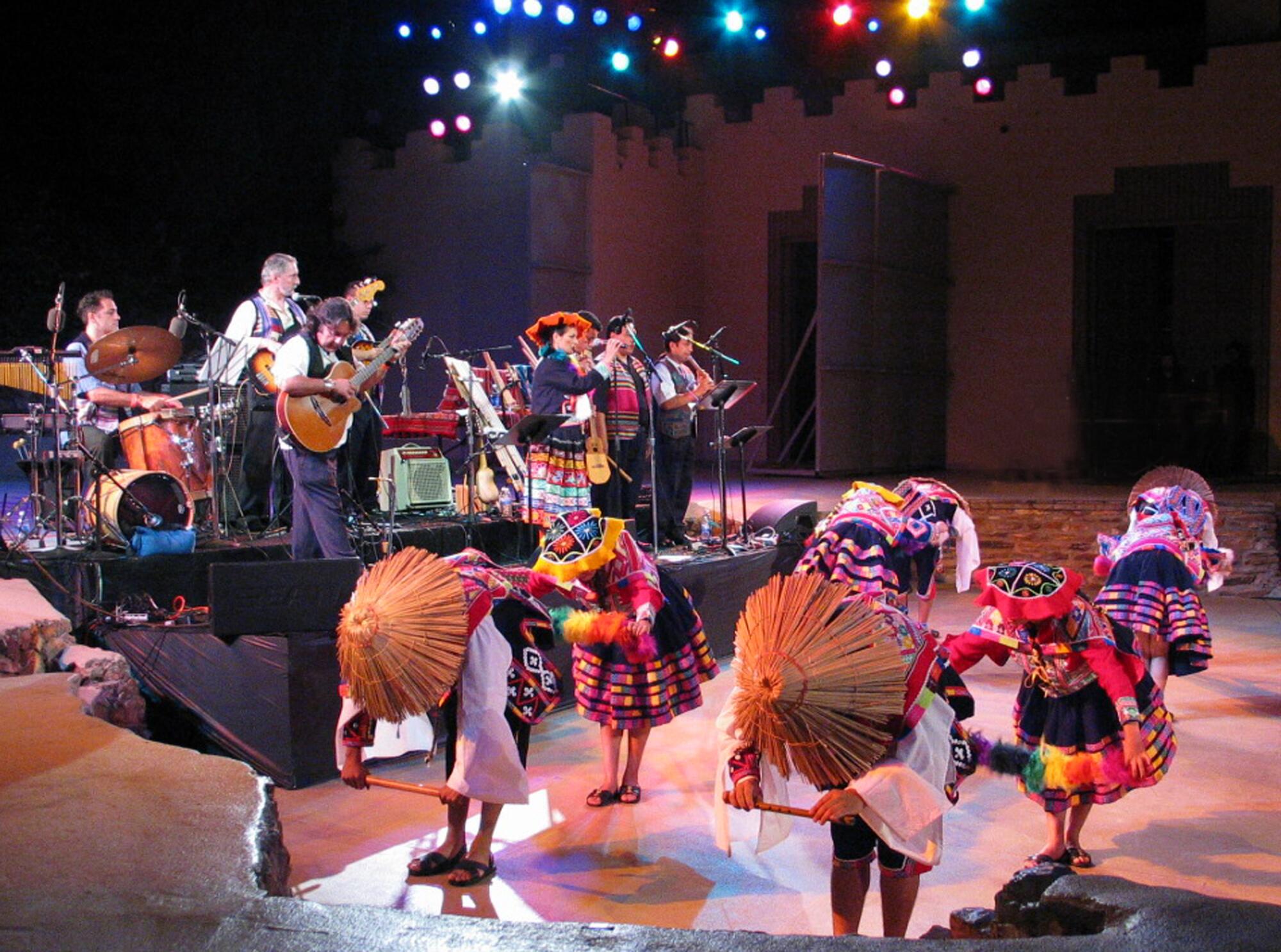
Adding Andean flavor
Another of the musical acts at Hollywood Forever will be Inca, the Peruvian Ensemble, a group founded in 1982 that is dedicated to interpreting Latin American folklore under the direction of Guillermo Bordarampé, an illustrious Argentine musician who, at the end of the 1960s founded with Gustavo Santaolalla the influential rock and fusion group Arco Iris.
“The interest in Andean music was already clear in Arco Iris, which was created in Buenos Aires and then moved to Los Angeles,” Bordarampé said. “When I left the group in the early 1980s, I formed a new project with the idea of representing all the styles of music and dance that exist in Peru, including native, Spanish-influenced, Afro-Peruvian and Amazonian.”
At Hollywood Forever, Inca, the Peruvian Ensemble will present instrumental versions of songs that were popularized by Yma Sumac (such as “Vírgenes del sol” and “La pampa y la puna”), but will dedicate most of their repertoire to the waltzes, the tonderos, the northern marinera and the huaynos for which she is renowned.
It makes sense that someone such as Bordarampé would be encouraged to interpret songs by an artist whose most notable efforts were aimed at fusion, although he separates his own approach to music from what happened during the glory years of Yma Sumac.
“In her case, all that fusion came from her husband, Moisés Vivanco, who was the one who arranged and orchestrated everything for her,” Bordarampé said, referring to the Ayacucho composer and musician who also wrote most of the songs performed by the Peruvian diva.
“At that time, what they did was something that could resonate with what was happening in Hollywood, similar to what happened with Rita Moreno, who was also typecast. But what she did had a lot of impact, because she is the Peruvian artist who has stood out the most worldwide.”
Bordarampé’s participation is also noteworthy because he had the opportunity to play alongside Yma Sumac in the early ’90s, when he was part of a reduced version of the Inca group, in a trio.
“We normally appeared in restaurants, because at that time there were many ‘peñas,’ but on several occasions, we accompanied her at private parties and in a Hollywood club. For me, it was an honor to be able to accompany such a historic figure.”
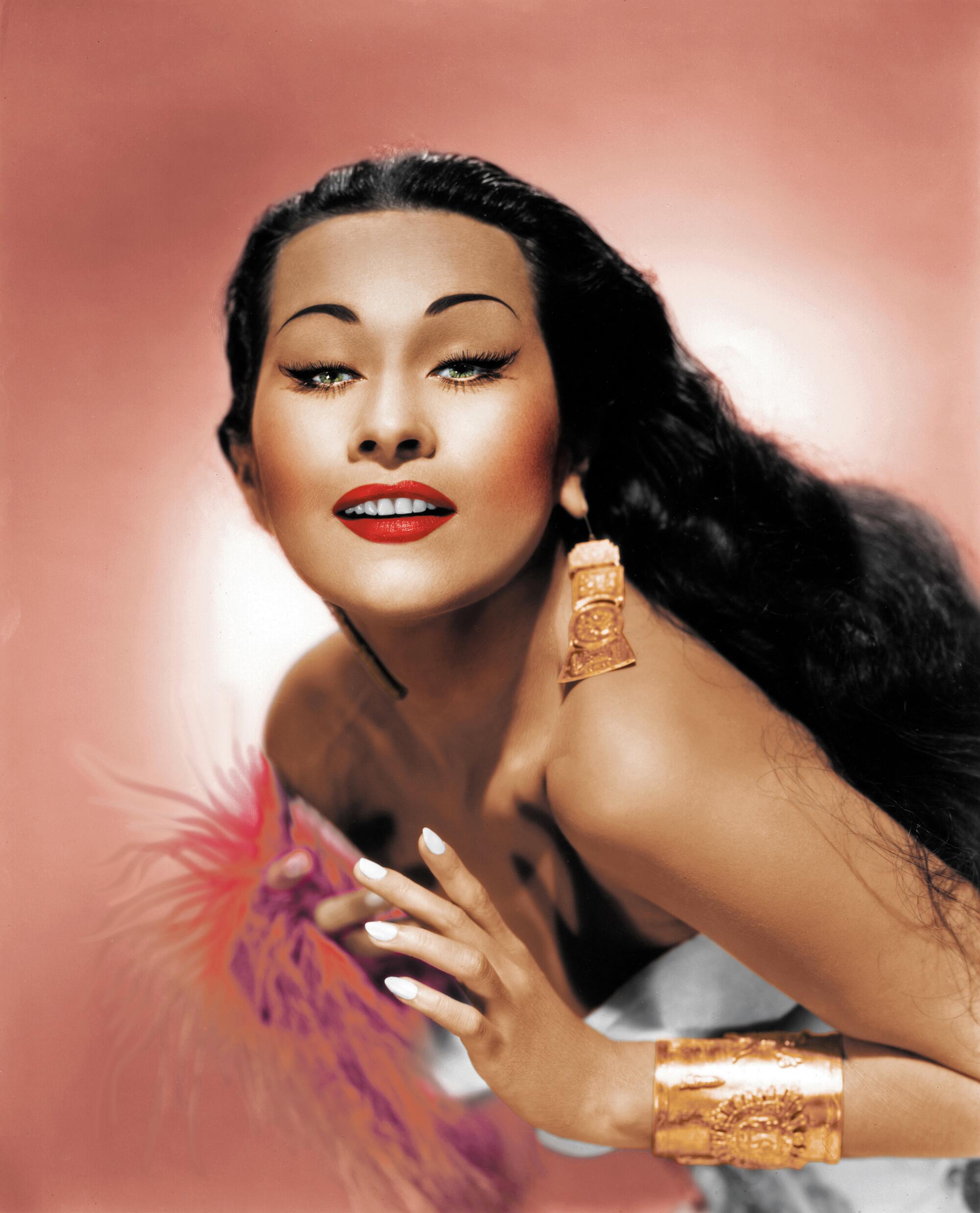
On the big screen
Talking with the artists who will participate in these tributes to Yma Sumac underscored the relevance of Damon Devine, who offered up his own memories of his unforgettable friend.
Devine spoke about the 1954 Hollywood blockbuster “Secret of the Incas,” in which Sumac made a brief but memorable appearance.
“She did two movies for [the studio] Paramount, and this was one of them; she also did two in Mexico and one in Chile. In the case of this movie, the main cast went to Peru to film some things, but Yma Sumac did all her scenes — where she sings and acts a little bit — in Los Angeles, right in [the studio of] Paramount.”
According to Devine, similar to what happened to Puerto Rican Rita Moreno for her co-starring role in “West Side Story,” Sumac was subjected to special makeup sessions to darken her skin because Hollywood executives thought that she didn’t look “ethnic” enough, Devine said. “She had light skin and green eyes, although few know it.”
The curious thing about all this is that no one seems to agree on Sumac’s birthplace. Some sources say that it was Cajarma, her father’s native city, while her official page assures us that it was Callao, a province of Lima. This lack of certainty extends to other aspects of her life, such as the claim that she was a descendant of Atahualpa, the last Inca sovereign.
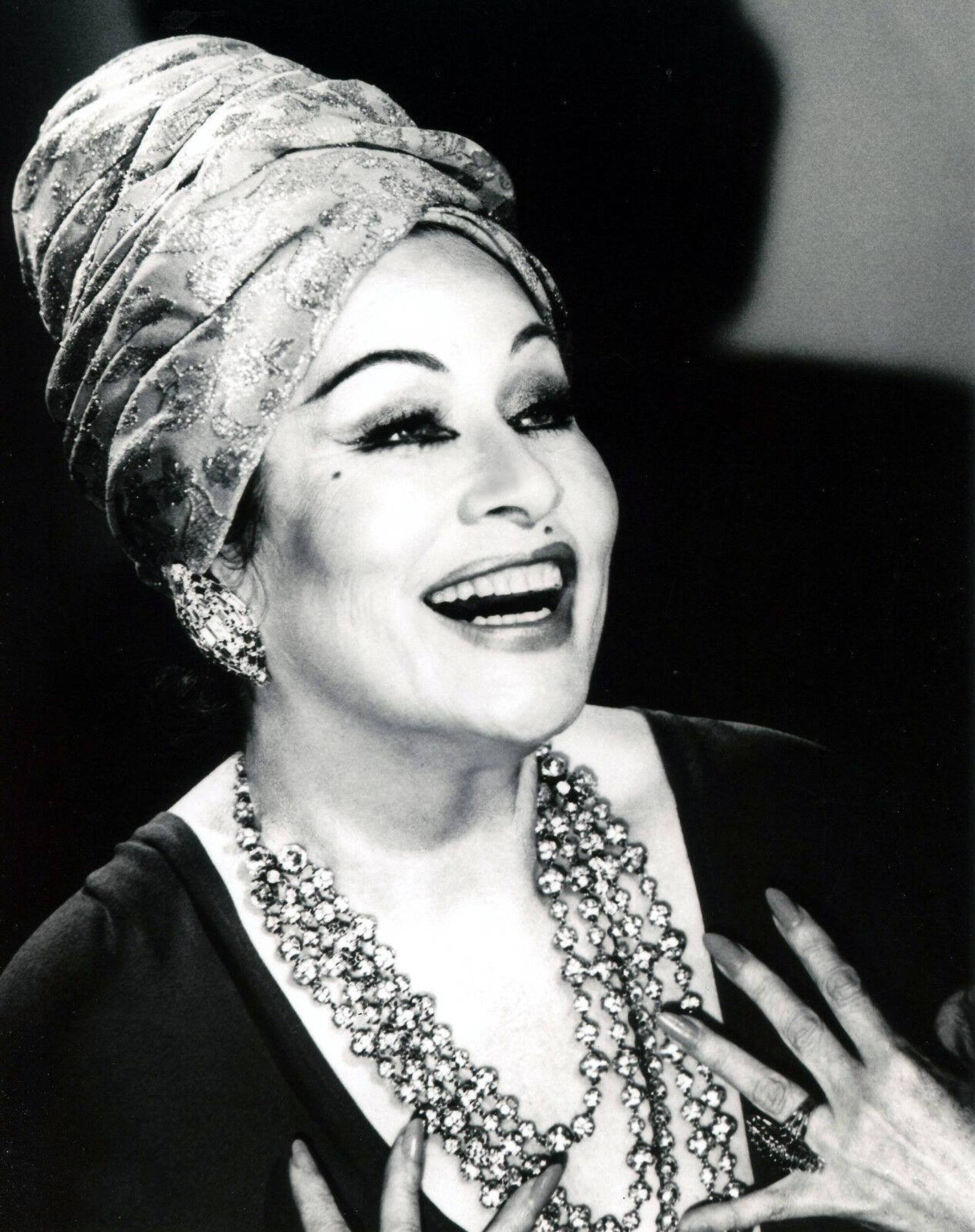
Devine, who is also the main maintainer of Yma Sumac’s only official website and the designer of her crypt in Hollywood Forever, feels that the centenary commemoration will somehow give him the opportunity to close a circle that was started a quarter-century ago.
“I was a boy when I met Yma Sumac. I was 18 and she was 75, I think,” he recalled.
“But the most important thing you can write is this: Yma Sumac said that she was an international artist, and in that sense, she did not exclusively present Peruvian things on stage, because she also did opera [arias] and sang in Italian, in Russian, in English and in Spanish. She learned Quechua for her music; she didn’t speak it. She was one of the first international artists to travel around the world.”
“I remember her as a woman with a very strong character who always put her dignity first. Her dignity was more important to her than her music and her beauty, which were the other two things that interested her the most,” he continued. “She did not share details of her private life or socialize.”
Recent years have witnessed a revaluation of Yma Sumac that has spread to the country of her birth, because, as Devine points out, she was not necessarily accepted there at the height of her career.
“They thought she was showing a fanciful, ‘glamorous’ version of Peru; that the way she looked, she dressed and sang did not represent Peru,” he said. “When she became an American citizen, they even got hostile.”
When Sumac went to visit her mother and make some presentations in the 1970s, the singer was attacked by a crowd that threw vegetables at her car and hurled insults.
“She didn’t come back for over 30 years, and when she did, in 2006, it was through what I call ‘The Apology Tour,’ when it came to making amends for the way she had been treated,” Devine recounted. “But she did not want to die in Peru, and that is why she is still here.”
More to Read
The biggest entertainment stories
Get our big stories about Hollywood, film, television, music, arts, culture and more right in your inbox as soon as they publish.
You may occasionally receive promotional content from the Los Angeles Times.












